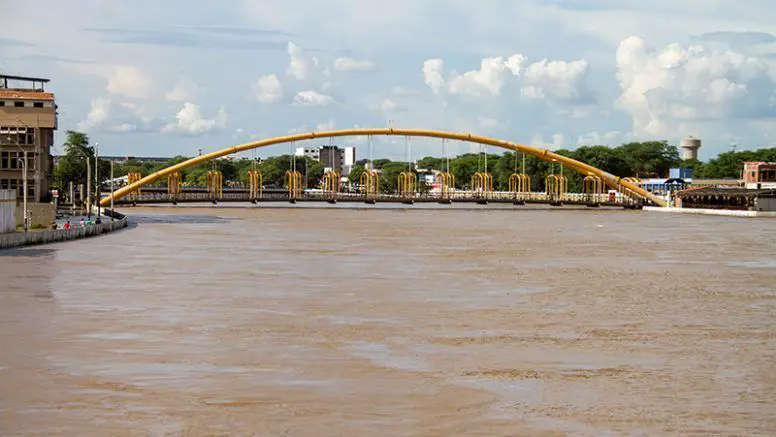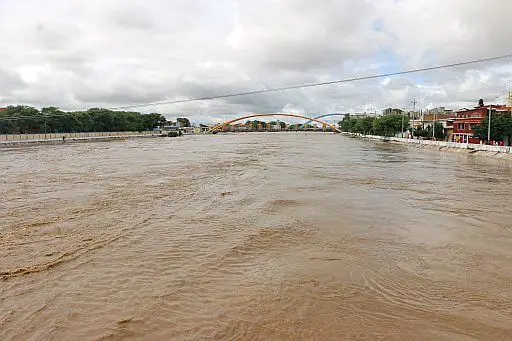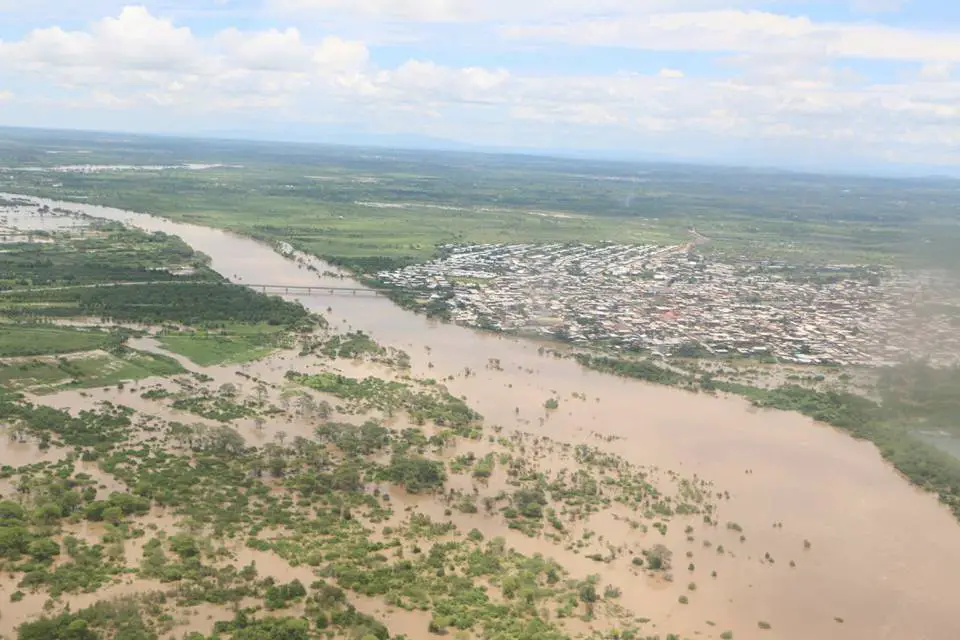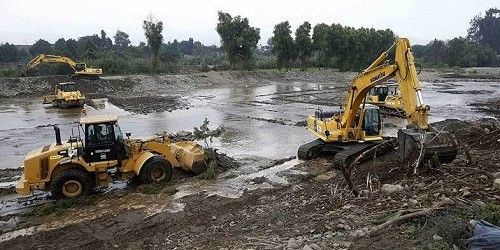The River Piura rises at 3,500 metres above sea level and flows through the towns of Morropón and Piura. It flows in a southerly direction northwards in the San Francisco ravine, then turns south and then west, so that the River Piura flows into the Pacific Ocean.
Indice De Contenido
Piura River Basin
The centre of the Piura River Basin is located in the Peruvian department of Piura, which has many climatic variations due to its geographical location. It is only 4 degrees south of the equator, but receives two oceanic winds at the same time: the cold Humboldt wind and the warm El Niño wind. The same applies to the tributaries of the Piura River (see article: Río Caguán).
The Piura river basin is divided by the subtropical Peruvian desert of Sechura in the south and dry tropical savannah-like scrubland in the centre and north of the region. There are also small valleys with a tropical climate where rice and coconut plantations are common, especially around the Piura and Sullana rivers.
The topography is smooth along the coast and rugged in the highlands. There are many arid plains in the southern region. The Sechura Desert, south of the Piura River, is Peru’s largest desert and one of the few examples of a tropical desert in the world; it borders tropical terrain to the north.
Map of the Piura River
The Piura River has a length of approximately 12,300 km, measured from the source of the Piura River to its confluence with the Virrilá River, where it flows into the Pacific Ocean (see article: Baudó River).
Next is the map of the River Piura, where we will be able to show all the information relating to where it is born, where it ends and the route that the River Piura makes.
Pollution in the River Piura
Mining, which accounted for more than 60% of Peru’s export earnings in 2006, is a major water user and the main cause of pollution in the Piura River. It is estimated that mining uses about 5% of Peru’s water.
It also has a serious impact on water quality. It is estimated that more than half of Peru’s farming communities have been affected by mining activities, leading to the creation of environmental organisations.
In July 2010, the government declared another state of environmental emergency in the central mining district of Huancavelica after a wastewater storage dam owned by the Caudalosa Chica company collapsed, spilling heavy metal-laden water into local rivers.
The town of La Oroya on the Piura River in central Peru, where the Doe Run company operates a large mining complex, was ranked as one of the 10 most polluted cities in the world in 2007. In addition, an estimated 100,000 small-scale informal miners pollute the rivers with cyanide and mercury.
The Piura River today
On 1 and 2 February 2017, the province of Chiclayo experienced heavy rainfall (115 litres per metre2) for approximately 14 consecutive hours, producing a total of 510,000 cubic metres of rain (see article: Tomo River).
The extent of the rainfall can only be compared to that caused by the El Niño phenomenon on 14 February 1998. A total of 32 districts in the provinces of Lambayeque, Ferreñafe and Chiclayo were affected by the heavy rains.
As a result, the electricity and water supply systems collapsed, as did many sections of the sewage system. Solid waste collection has also stopped, leading to contamination and the appearance of vectors in the areas most affected by the floods.
On 3 February 2017, the volume and flow of the Piura River increased due to heavy rains, flooding homes and roads. The National Police reported that an interprovincial bus overturned at the toll booth in the district of Mórrope after the river overflowed.
Families have been forced to take shelter with relatives and salvage what few belongings they have left, while others are living in the open with nowhere to go. No deaths or disappearances have yet been reported.




